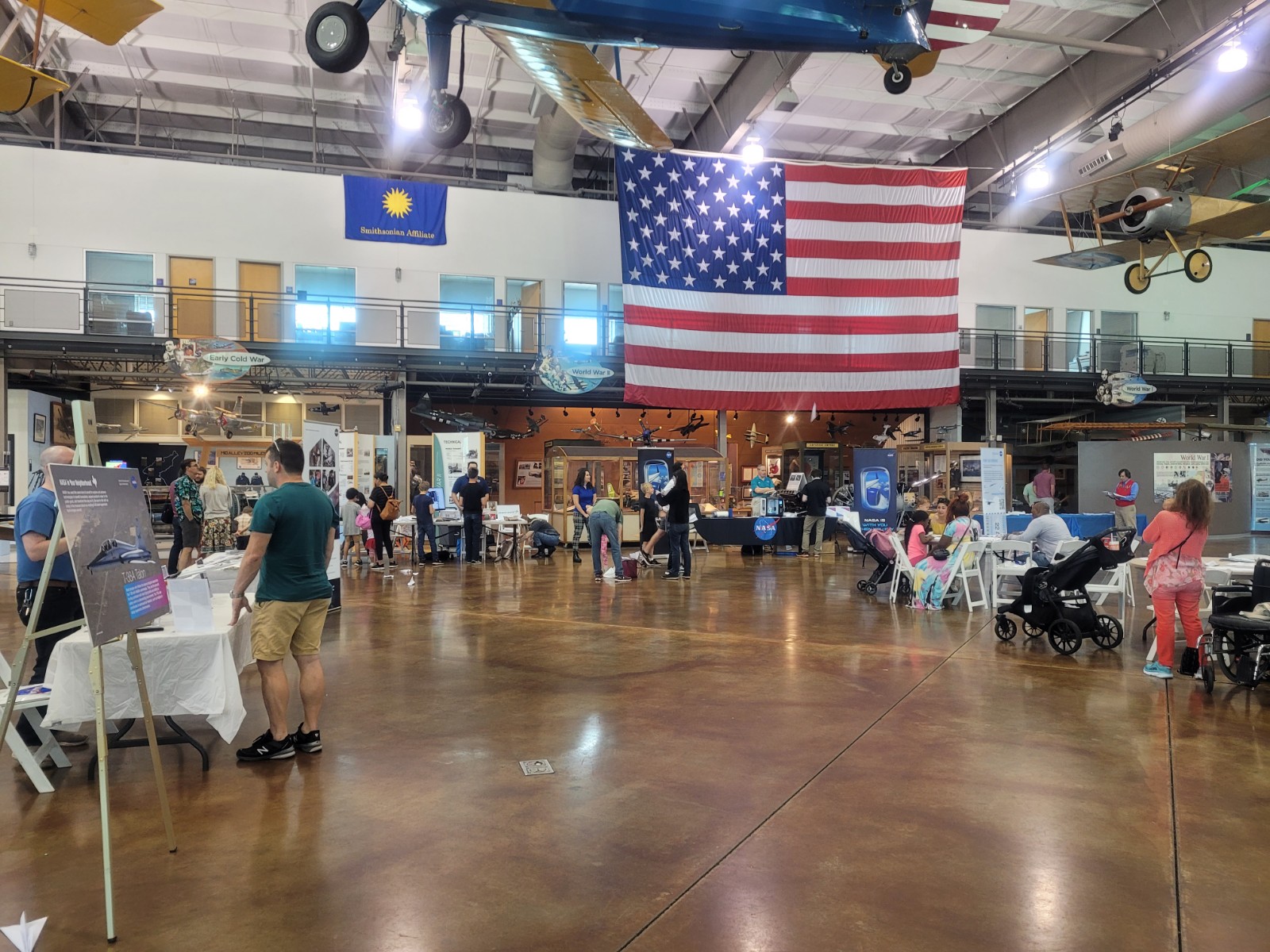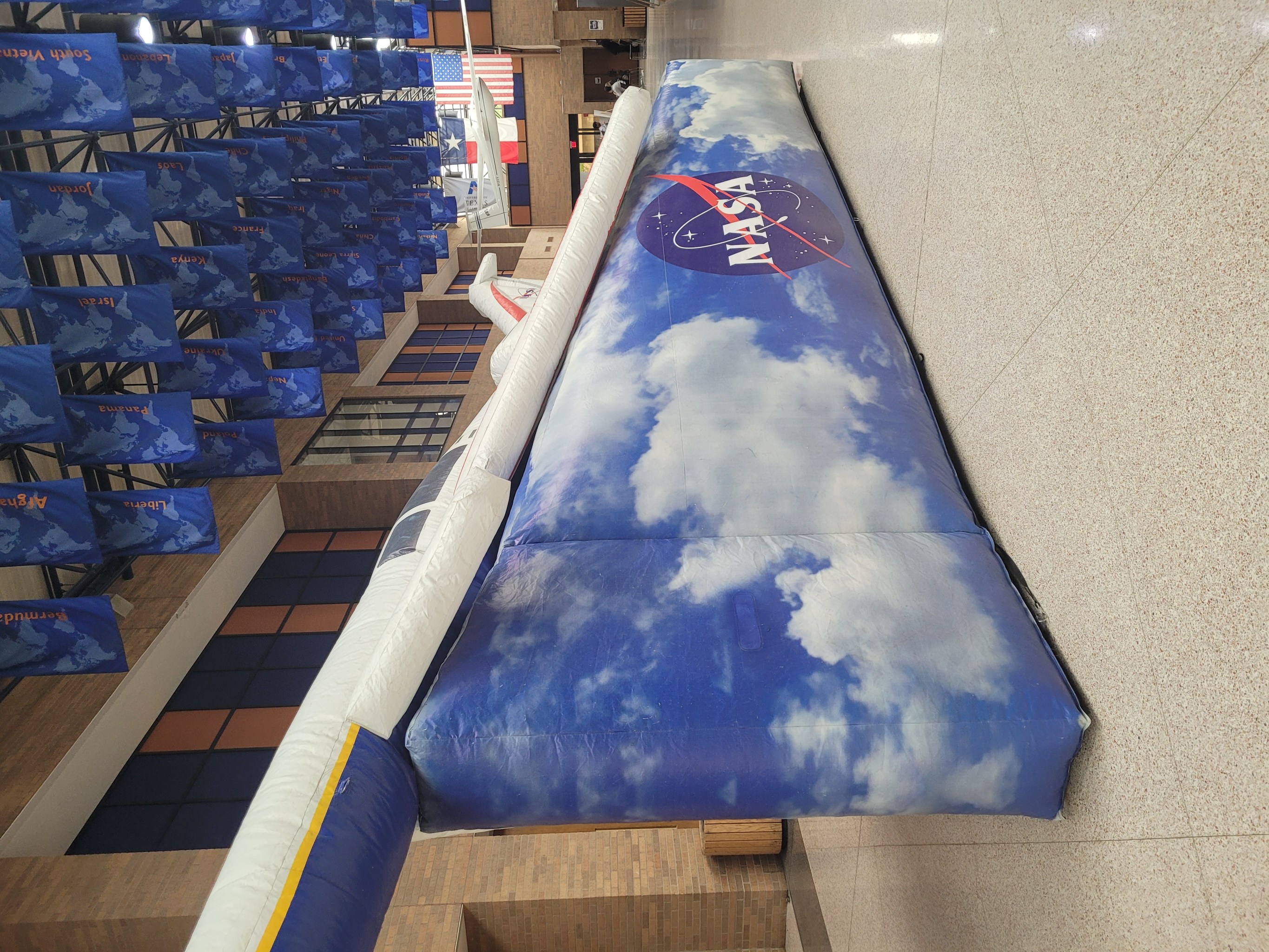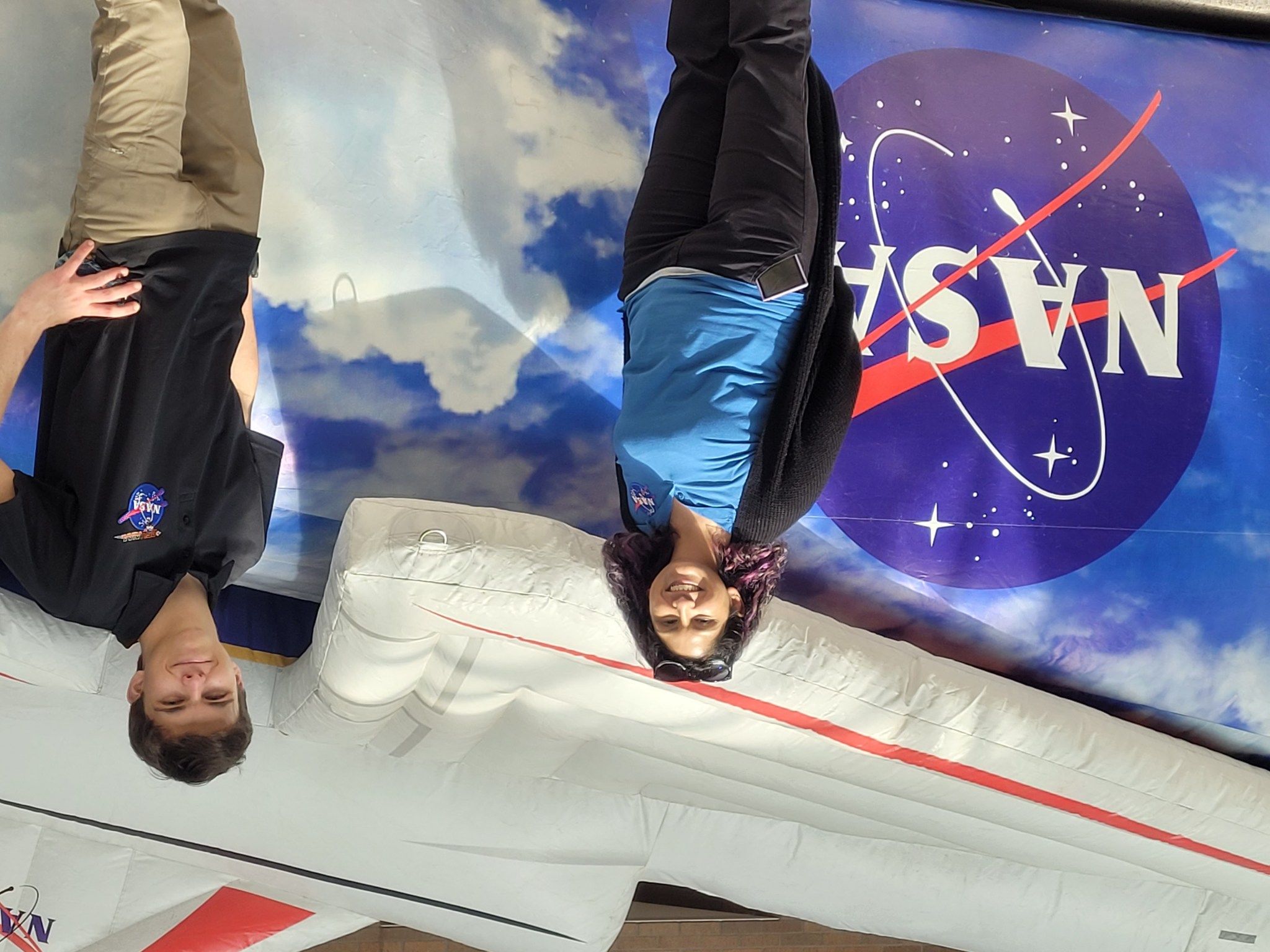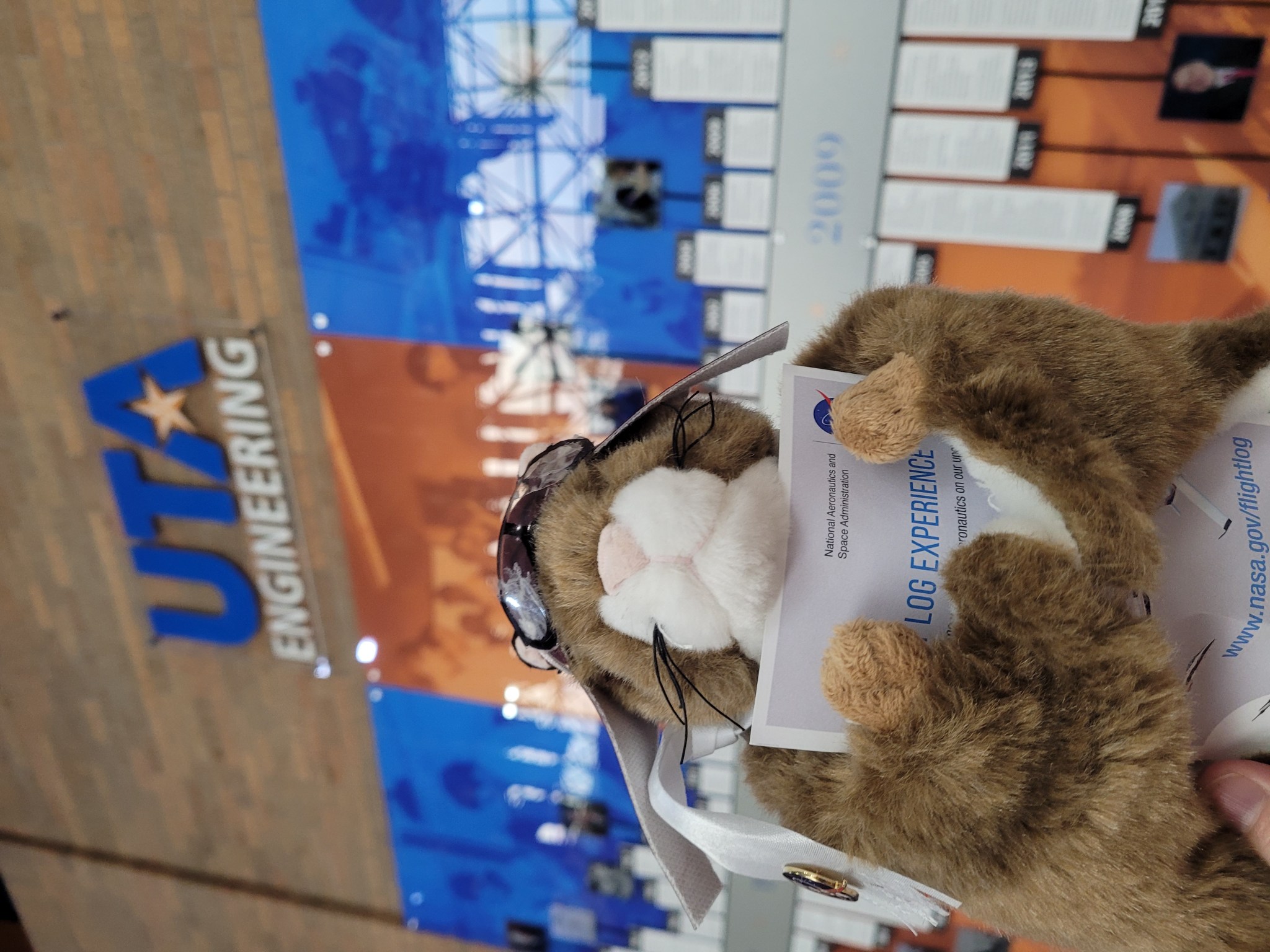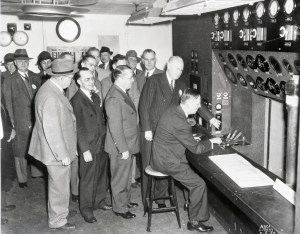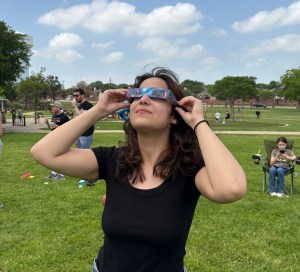Sometimes the best way to talk to people is to meet them where they are. That was the case recently in Fort Worth, Texas, where NASA officials took the possibility of commercial supersonic flight over land to the people.
Sometimes the best way to talk to people is to meet them where they are. That was the case recently in Fort Worth, Texas, where NASA officials took the possibility of commercial supersonic flight over land to the people.
In conjunction with the University of Texas Arlington (UTA) and Frontiers of Flight Museum, the agency held a three-day NASA in Your Neighborhood event April 22-24 on campus to spread awareness about the X-59 aircraft. NASA researchers, pilots, experts in STEM (science, technology, engineering and math) and others spoke to event visitors about how the X-59 will be used as a tool to help usher in the era of supersonic flight without the “boom” sounds. The jet is under construction by Lockheed Martin at the company’s Skunk Works facility in Palmdale, California.
“As a few of our speakers during the technical talks discussed, supersonic flight is not new or novel; however, advancements such as sonic ‘thumps’ instead of ‘booms’ will help make supersonic flight quiet to people on land, which would transform future air travel,” said NASA Aeronautics STEM Integration Lead April Lanotte. “But to get there, we need help from the community to learn how residents perceive the X-59’s sonic thump. Without them, none of this can happen.”
There were three events in Fort Worth with different audiences in order to engage as wide a variety of people as possible. There were technical talks with local post-secondary students at the University of Texas Arlington, an educator professional development day for K-12 formal and informal educators and a public STEM day at Frontiers of Flight Museum. Lanotte noted that there was lots of enthusiasm from all participants.
“Many participants hadn’t realized how much aeronautics work happens in Texas,” she said. “The common perception is that NASA in Texas is all in Houston, so they don’t realize lots of hypersonic and supersonic aeronautics work is being done at UTA and elsewhere in Texas.”
The X-59 is designed to fly faster than the speed of sound without producing the typically loud sonic booms that occur when an aircraft flies at supersonic speeds. The advanced X-plane will instead reduce that sound to a quiet sonic “thump,” which will be demonstrated in flights over communities around the U.S. starting in 2024. NASA’s goal is to collect and provide data to regulators that may finally solve the sonic boom challenge and open the future to commercial supersonic flight over land, reducing flight times drastically.
Part of NASA’s quiet supersonic mission, the X-59 is shaped so that supersonic shockwaves do not coalesce together to create sonic booms. The noise nuisance associated with sonic booms prompted the government to ban supersonic flight over land years ago. Data from NASA’s mission could be the path for new commercial markets in supersonic flight in the United States and internationally.
In conjunction with testing of the X-59 at the Lockheed Martin testing facility in Fort Worth, Texas, K-12 students and the community, educators (in-service and pre-service), and post-secondary students had the opportunity to engage with the mission team in different ways based on their needs and interests.
“The goal of these events is to excite the public about what we’re doing, inspire students of all ages to pursue STEM (particularly aeronautics), and to show them what we do, along with what STEM opportunities there are in their very own neighborhoods,” Lanotte said. “We will be holding more events like this when we start to conduct initial flight tests in 2022 and fly the X-59 over select communities starting in 2024.”
These types of events foster awareness and goodwill across communities and will take place during upcoming flight tests. NASA will work with communities during these tests to collect data from the X-59 and to learn people’s responses to the aircraft’s sound level. Both metrics are key in making supersonic flight over land go from concept to completion.
NASA has held previous X-59 testing sessions in Texas before, as the Lone Star State has been the perfect place to gather data.
“Lockheed Martin’s structural aircraft testing in Fort Worth is critical to making sure the X-59 can withstand the many stresses it will undergo during flight,” Lanotte said. “Safety is a huge priority for both Lockheed Martin and NASA, so bringing the X-59 to Fort Worth has been very important.”
Even though the X-59 is still in the testing phase, the potential to revolutionize commercial air travel is becoming closer to reality with each passing testing session and public outreach campaign, Lanotte said.
“Flying at supersonic speeds is incredibly exciting,” she said. “It has the potential to improve life in multiple ways — quicker access to emergency medicines and supplies when critically needed, the ability to return home to family quicker, and along with that, increase the excitement of flight even more.”




























